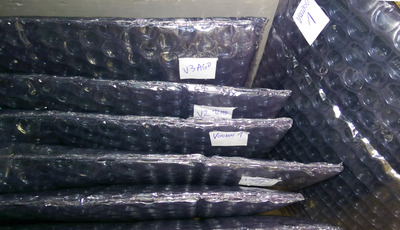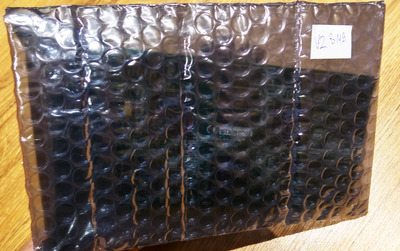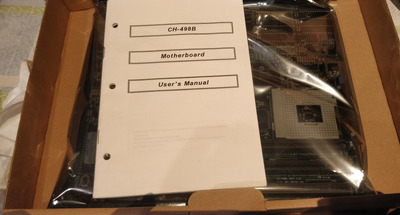For CPU's, I use clamshell CPU holders with ESD safe foam on the pins inside.
For RAM, I use the bulk DIMM holders which I think hold 50 memory sticks each.
For motherboards, I use motherboard size shipping boxes, and have them in anti-static bags in there.
For PCI/AGP/VLB/ISA cards, I have them in antistatic bags and packed between ESD safe foam in miscellaneous size cardboard boxes in ways they won't warp over time.
For resistors/capacitors/etc and other passive components, I use the bin like you have pictured, but it has about 30 or so drawers.
For microchip or ESD sensitive components, I have small ESD safe bags those go in, and use bins like above.
For cables, fans, and tons of other miscellaneous parts, I put those in Sterilite 6-quart plastic shoe boxes. They're often just under a dollar each at Wal-Mart and a great way to store parts on shelves.
Yet more ways I store some small parts or small tools is inside fishing tackle boxes.




